Category: Brain
-
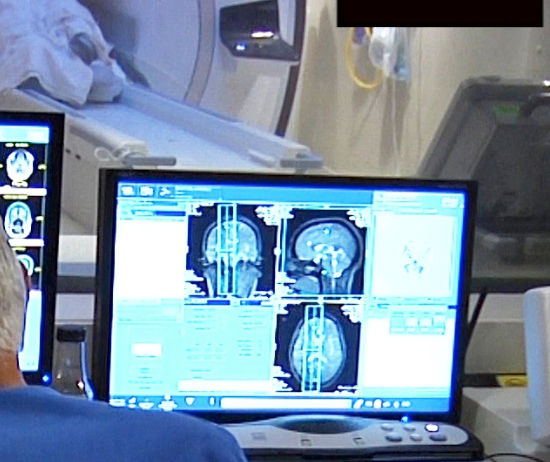
Focused ultrasound thalamotomy in Parkinson’s Disease
UVA’s Scott Sperling and Jeff Elias, who already used focused ultrasound to treat essential tremor, have just published the results of a small study showing the efficacy of the technology in Parkinson’s Disease. The sound waves were shown to interrupt brain circuits responsible for the uncontrollable shaking associated with the disease. The researchers claim that their study…
-
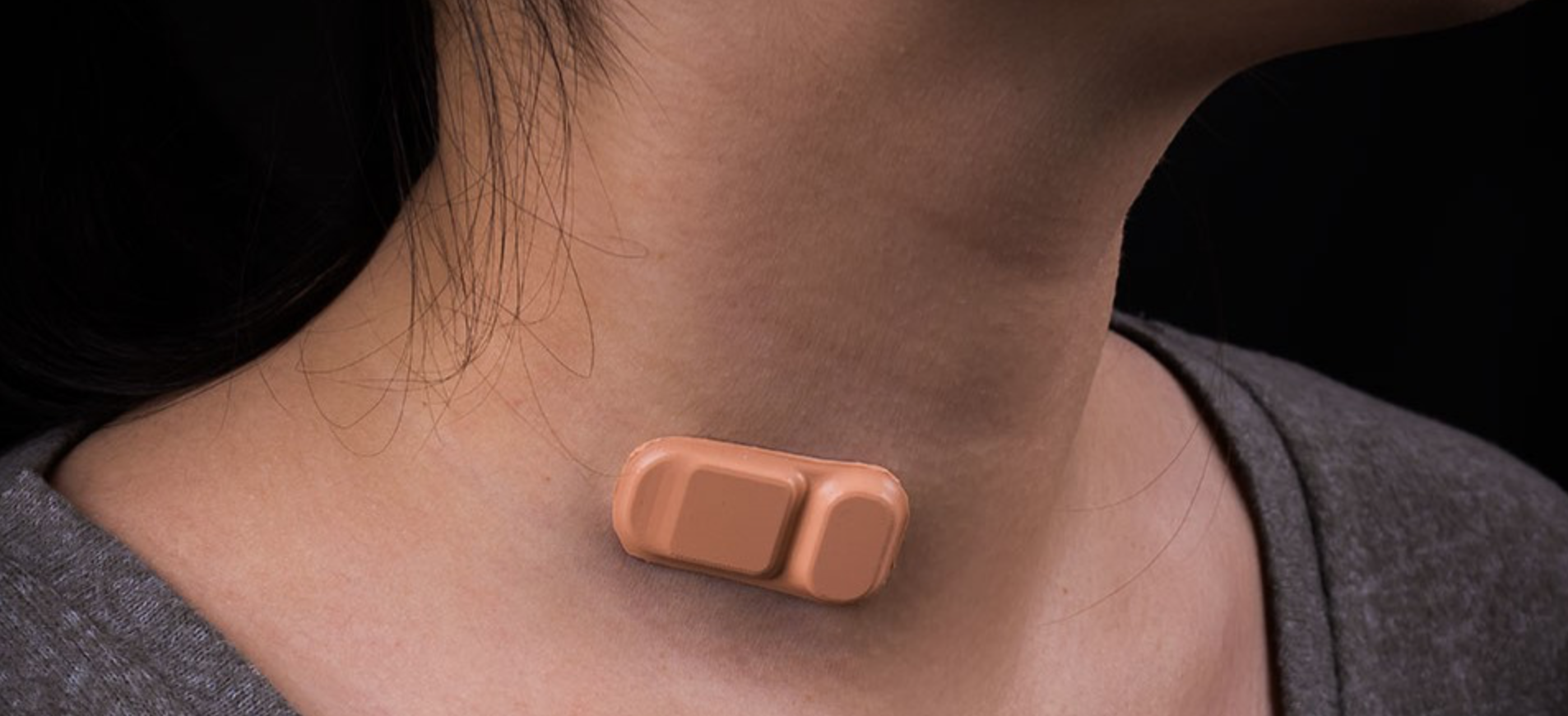
Wearable sensor monitors shunt function in hydrocephalus
Northwestern’s John Rogers has created another minimal, flexible, wireless, adhesive wearable — this time to help hydrocephalus patients manage their condition. The band-aid like sensor determines whether a shunt is working properly. Shunts often fail. When this happens, a patient can experience headaches, nausea and low energy, and must go to a hospital immediately. However,…
-
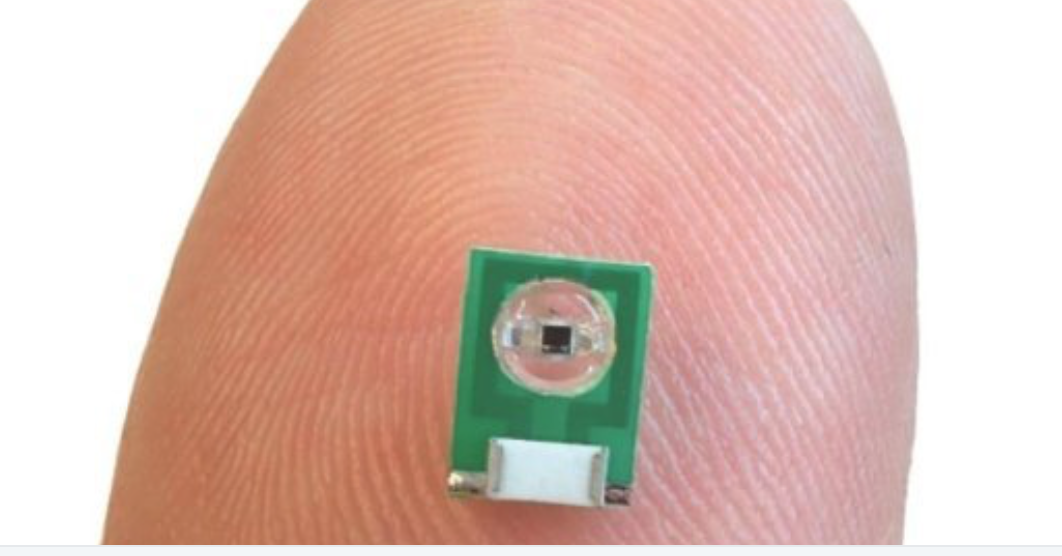
Minimally invasive sensor detects electrical activity, optical signals in brain for MRI
MIT’s Aviad Hai has developed a minimally invasive sensor to detect electrical activity or optical signals in the brain for MRI. No power source is needed, as radio signals that an external MRI scanner emits power the sensor. It is implanted but does not require a wired connection to the brain. The researchers believe that…
-

Brain-to-brain communication interface
Rajesh Rao and University of Washington colleagues have developed BrainNet, a non-invasive direct brain-to-brain interface for multiple people. The goal is a social network of human brains for problem solving. The interface combines EEG to record brain signals and TMS to deliver information to the brain, enabling 3 people to collaborate via direct brain-to-brain communication.…
-

Implanted sensors track dopamine for a year
Helen Schwerdt, Ann Graybiel, Michael Cima, Bob Langer, and MIT colleagues have developed and implantable sensor that can measure dopamine in the brain of rodents for more than one year. They believe that this can inform the treatment and understanding of Parkinson’s and other brain diseases. According to Graybiel, “Despite all that is known about…
-

VR + motion capture to study movement, sensory processing, in autism, AD, TBI
MoBi, developed by John Foxe at the University of Rochester, combines VR, EEG, and motion capture sensors to study movement difficulties associated with neurological disorders. According to Foxe, “The MoBI system allows us to get people walking, using their senses, and solving the types of tasks you face every day, all the while measuring brain activity…
-
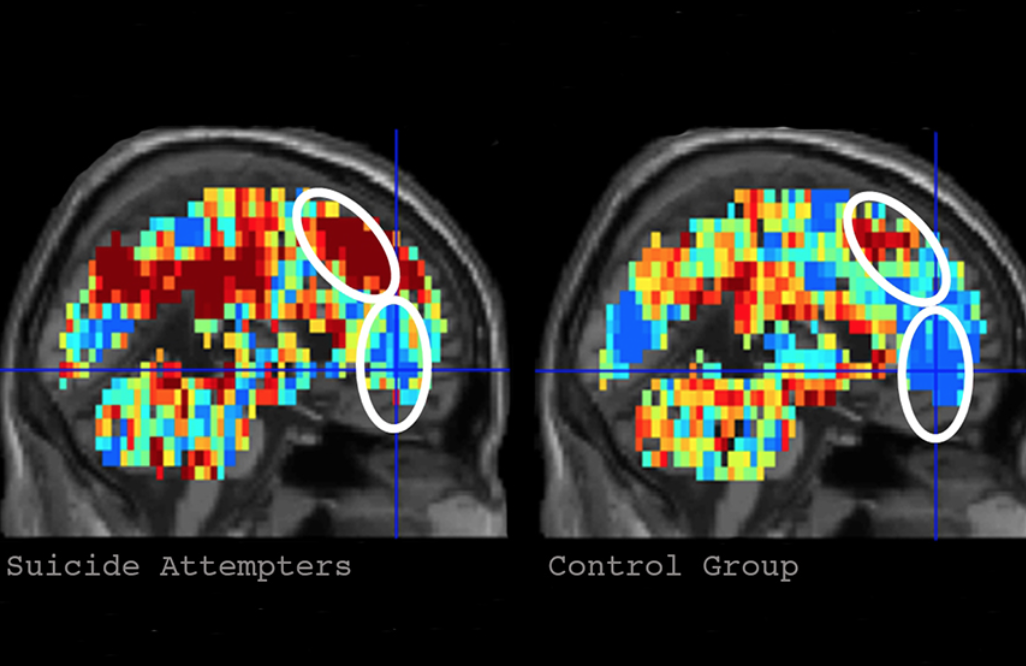
Brain imaging to detect suicidal thoughts
Last year, Carnegie Mellon professor Marcel Just and Pitt professor David Brent used brain imagining to identify suicidal thoughts. Supported by the NIMH, they are now working to establish reliable neurocognitive markers of suicidal ideation and attempt. They will examine the differences in brain activation patterns between suicidal and non-suicidal young adults as they think about…
-
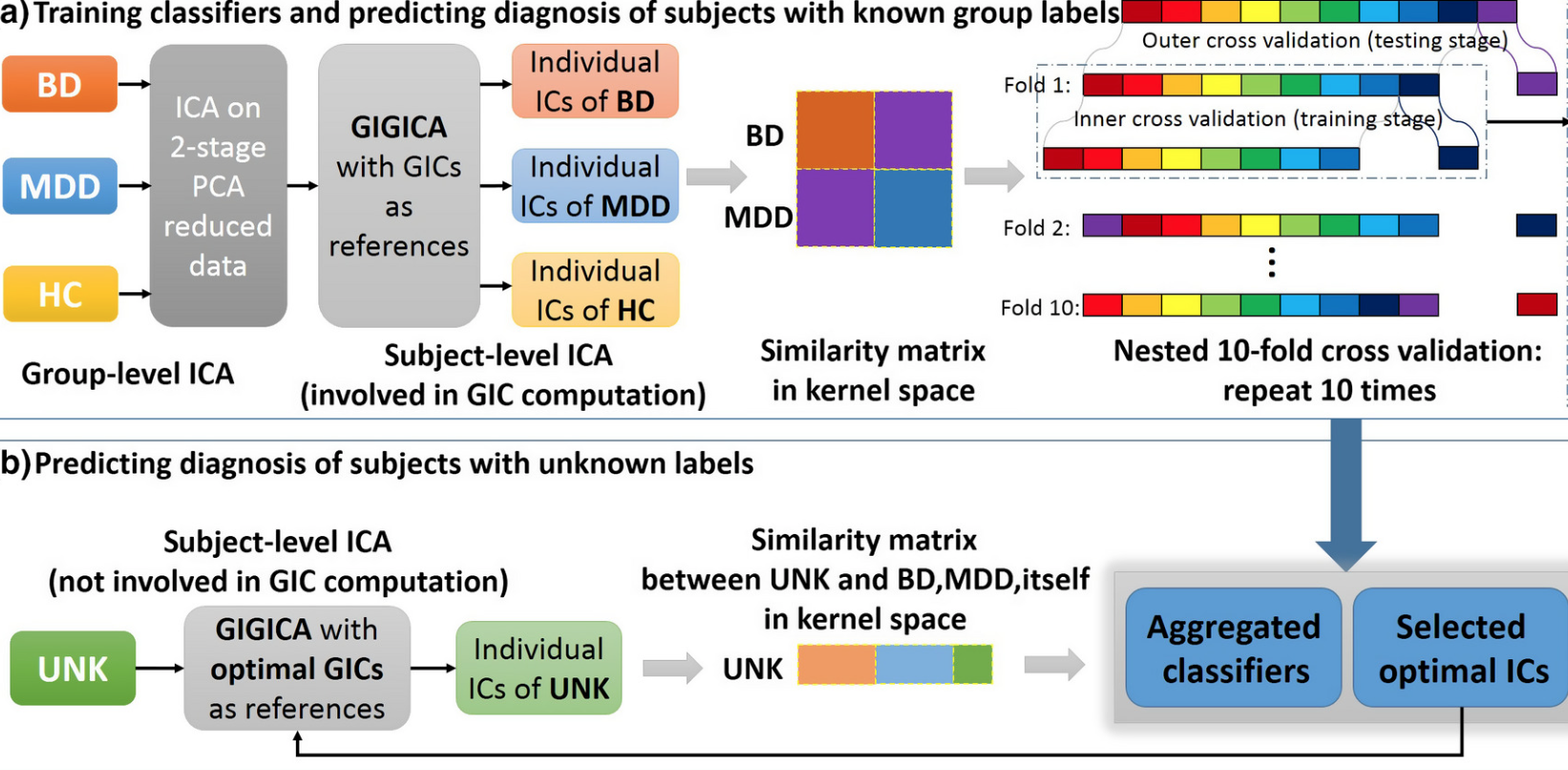
AI predicts response to antipsychotic drugs, could distinguish between disorders
Lawson Health Research Institute, Mind Research Network and Brainnetome Center researchers have developed an algorithm that analyzes brain scans to classify illness in patients with complex mood disorders and help predict their response to medication. A recent study analyzed and compared fMRI scans of those with MDD, bipolar I, and no history of mental illness, and…
-

Invasive deep brain stimulation for alcoholism?
Stanford’s Casey Halpern and Allen Ho have used deep brain stimulation to target nucleus accumbens, thought to reduce impulsive behavior, to combat alcoholism in animal and pilot human studies. DBS is used in severe Parkinson’s disease and is not approved by the FDA for addiction. Infection and other complications are risks of this invasive surgery. ApplySci hopes that…
-
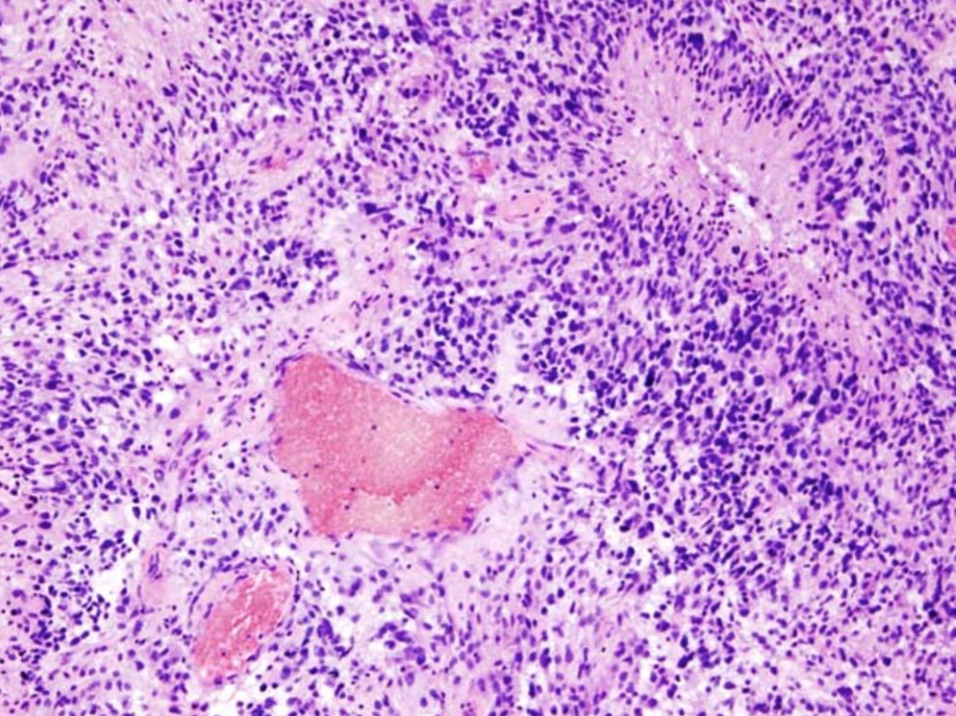
AI – optimized glioblastoma chemotherapy
Pratik Shah, Gregory Yauney, and MIT Media Lab researchers have developed an AI model that could make glioblastoma chemotherapy regimens less toxic but still effective. It analyzes current regimens and iteratively adjusts doses to optimize treatment with the lowest possible potency and frequency toreduce tumor sizes. In simulated trials of 50 patients, the machine-learning model…
-
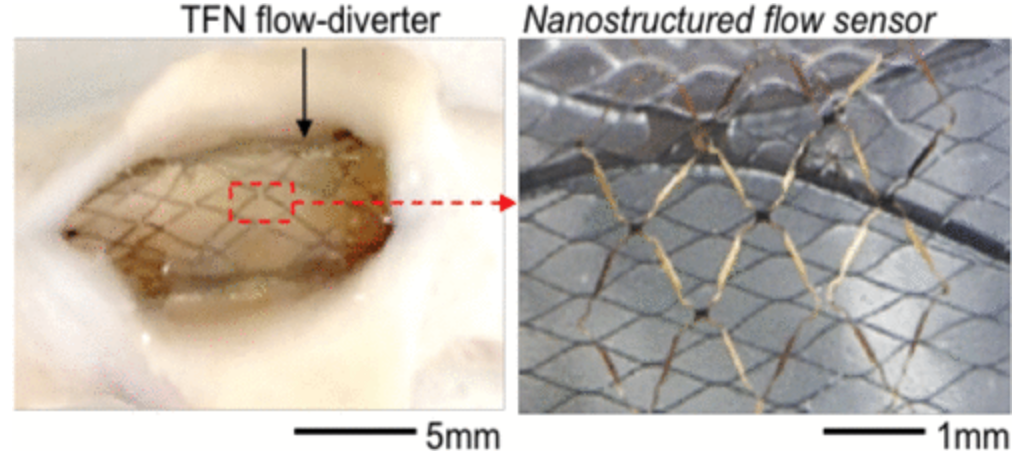
Sensor could continuously monitor brain aneurysm treatment
Georgia Tech’s Woon-Hong Yeo has developed a proof of concept, flexible, stretchable sensor that can continuously monitor hemodynamics when integrated with a stent like flow diverter after a brain aneurysm. Blood flow is measured using capacitance changes. According to Pittsburgh professor Youngjae Chun, who collaborated with Yeo, “We have developed a highly stretchable, hyper-elastic flow diverter using a…
-

David Axelrod: VR in healthcare & the Stanford Virtual Heart | ApplySci @ Stanford
David Axelrod discussed VR-based learning in healthcare, and the Stanford Virtual Heart, at ApplySci’s recent Wearable Tech + Digital Health + Neurotech conference at Stanford; Join ApplySci at the 9th Wearable Tech + Digital Health + Neurotech Boston conference on September 24, 2018 at the MIT Media Lab. Speakers include: Rudy Tanzi – Mary Lou Jepsen…